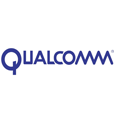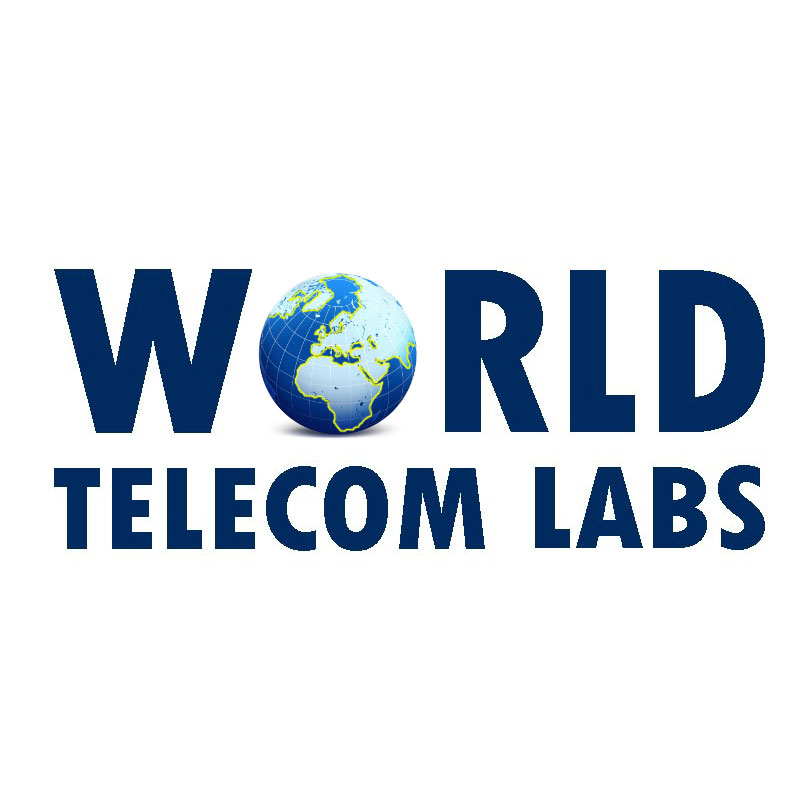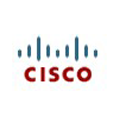 Freddie Södergren, Head of Technology and Strategy at Business Area Networks Ericsson
Freddie Södergren, Head of Technology and Strategy at Business Area Networks Ericsson
One of the biggest current themes in the telecoms industry is attempting to establish what it is 5G actually brings to the party – in other words what is the ‘killer app’ is.
Catching up with Ericsson at MWC this week, we were told by Freddie Södergren, Head of Technology and Strategy at Business Area Networks, that despite this consumer use case remaining noticeable by its absence and the fact operators have struggled to charge a premium for 5G subscriptions, revenues are going up in line with deployments.
“I think the industry for the first time in many years [is] back to revenue growth. Whether or not you see the correlation between the rollout of 5G and service revenues going up again, I think that is kind of difficult to prove, you do see a clear correlation – when markets move to 5G the revenue starts going up again. And in specific instances where operators are coming out with differentiating 5G subscriptions, differentiating premium connectivity, that is also leading to higher ARPUs and higher revenue in general for operators. I will say that there is a correlation but if you’re looking for this new use case that could only be done with 5G and is now generating much more revenue, now that’s difficult to find. But I’m not sure that’s what you should be looking for either.”
Södergren said that instead of searching for a solid use case which only 5G can provide in order to market it, the industry should instead look to more technical benefits such as network slicing for consumers.
“I think as an industry we are connectivity providers, connectivity is more important than ever. And if we can make the experience of using the networks better, it will yield higher revenues and profits for the for the industry. And I think we’re seeing that now. So I would rather focus on that, and I’m very excited about where this is going with network slicing with traffic classification, with the ability to select which apps [have] a low latency experience… And then the operators will have to figure out how to then move to a subscription model that supports this this classification. I mean if we continue charging all you can eat… then it doesn’t matter what we do in the network. You know, nothing would happen on the monetization.”
The fact of the matter is operators have struggled to charge consumers more for 5G than they did for 4G, meaning recouping the costs of rolling out the network infrastructure is a tricky one. Södergren suggests the answer is rethinking how subscriptions are sold:
“I think it comes back to rather than having a 5G subscription and a 4G subscription, and then especially in the beginning, you switch on 5G and you don’t see a big difference in certain markets, that I think is not the right way to go about it. I think the right way is to look at it is rather – what are you using the network for? If you are a heavy VR gamer, then you should probably have a different subscription than if you’re using it for work or doing video calling while commuting. Or if you’re just looking for the… kind of economy subscription, okay, we can offer that too.
“What I’m really excited about is when you can combine all of these things in one package so you don’t have to choose. You can actually say I will do a little bit of all of it, but I want let’s say 20% of my data to be classified as say Teams or Zoom, and I want to ensure that that traffic is prioritised in the network accordingly. And I will pay for it, but I don’t want my regular web searching to be classified accordingly, and I don’t want to pay extra for that. So when we can combine these different slices into smart subscriptions, that’s when I think we’re going to see it really take off.”
As discussed, operators haven’t really been able to charge much of a premium on the consumer side and probably one of the reasons for this is there isn’t a killer use case to point to – and while many labs and trials across the world appear to be looking for one, of course another approach is to admit that perhaps it’s just not really there.
And while it may well be correct that the method of monetisation of 5G networks needs to be remodelled into something like smart subscriptions or via some other mechanism, it is of course easier said than done to change how 5G is packaged up years after it was launched. And even if operators do look to a new way of selling subscriptions, network slicing could be a tricky concept to hang the marketing off of for a general audience.









